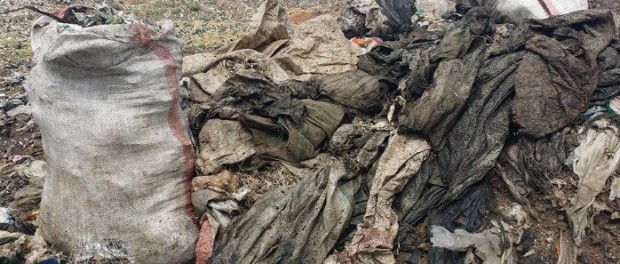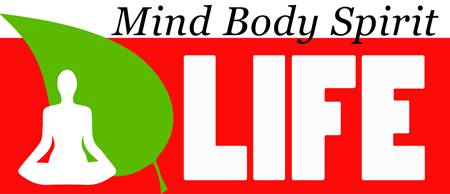Lessons in a Dump: The Women & Children of Dandora

In October 2014, I traveled to Nairobi, Kenya for my new position as Global Development Director for Strategic Applications International|Servant Forge. It was to be an orientation of the new projects and partners I would be engaging, including facilitating the Society of Waste Management of Kenya, a new project with strong political ties to governments and corporations. On my way there, I watched as what seemed as tens of thousands of people walking the streets, standing on the side of the roads, selling bananas and freshly cut sugar cane to anyone they could.

Dark grey and black shacks lined the streets where business owners sold any small or large piece of materials they could find, from PVC piping of different shapes and sizes, nuts and bolts, baskets and furniture, to plants and produce.
I asked my driver, where are all of these people going? And he said, “to work, they are either heading to their job or looking for one.” I was quickly convicted of my preconceived ideas of who these people were and what motivated them. But nevertheless, I was there to learn, to take in all Kenya had to offer.
 We rolled up to the town surrounding Dandora Dump, where large ruts in the roads paralleled the shack-lined streets. The degradation was stunning as cement-cracked buildings leaned up against one another providing the support needed to last another day. I crossed over the bridge of the Nairobi River (Picture below left) and looking down I saw several women washing recycled plastic bags in the highly toxic and filthy water. This is their livelihood and they work from early morning to late at night gathering waste as if it were gold.
We rolled up to the town surrounding Dandora Dump, where large ruts in the roads paralleled the shack-lined streets. The degradation was stunning as cement-cracked buildings leaned up against one another providing the support needed to last another day. I crossed over the bridge of the Nairobi River (Picture below left) and looking down I saw several women washing recycled plastic bags in the highly toxic and filthy water. This is their livelihood and they work from early morning to late at night gathering waste as if it were gold.
As I headed up the mountains of trash, and I do mean mountains, it felt like I was walking on a pillow with deep crevices, and that if I took one wrong step I would fall into it knee deep as if it were new fallen snow. There were parts of it that were burning, and the air smelled of plastics, smoke, and rubber materials that permeated the senses, covered my clothes, and embedded itself into my skin.
It was dirty, dark and grey. The hills were lined with storks, yet I couldn’t tell the difference between them or a human being. The women blended right into the muck of it all, as they spent hours bending over, digging deep within, and collecting anything they felt had value.
The old English idiom “One man’s trash is another man’s treasure,” had never rung more true than now.

The two women in the picture to the right were strikingly beautiful. I didn’t get to talk with them, but I regret not making the connection, as I would have loved to sit with them and learn about their lives, how they saw the world, what was important to them.
I would have wanted to hear about their children too. If they did have children, they would have most likely attended the Boma Rescue Center for Children located right on the dump.
As I passed it by when I was entering the area, I thought to myself, who in their right mind would put a school on a dump with all of these toxins? I was soon to learn that the children attending that school live in the dump itself…yes ‘in’ it. Their homes are make shift shacks and shelters. The Boma Rescue Center “catches” the children of Dandora and guides them to safety, education, food and clothing, and a possible future. If they were not located on the dump site, the children would most likely be picked up by gangs, human traffickers, or just become encapsulated and isolated within a tragic economic mess. The Boma Rescue Center gives hope to children and families who would otherwise have no hope.
Their gate into the compound says it all, as pictures depicting children’s rights are so poignantly and powerfully displayed. “Children have the right to healthcare, Children have the right to education, Children have the right to work, Children have the right to have a home.” A “home.”

This school was a home away from home, and make no mistake about it, they took full advantage gratefully to have a place to go where they could play, learn, eat, and feel like they are a part of something important and valuable.
The lessons I took away from this experience were many. First and foremost, I learned that I didn’t have all the answers. What do I know really? What can I possibly offer them? Secondly, I learned that the answers mostly come from within. My job is to facilitate the discussions, the strategies, the action plans, and the monitoring and evaluation of any programs delivered. The women and children of Dandora are the conduits in which the solution will make itself known.
 We often think that our American ways are the best answers, but I learned that the reason why the United States has organized and well planned waste management systems, is because we had a problem at one time and we came together to fix it. Plain and simple.
We often think that our American ways are the best answers, but I learned that the reason why the United States has organized and well planned waste management systems, is because we had a problem at one time and we came together to fix it. Plain and simple.
This is what is happening in Kenya. They need to fix it, and what we can do is help guide our friends in the process of finding their exclusive solultion. It may be that the systems already at work in other countries would be helpful…maybe…but it could also mean that Kenya will rise up finding new technologies and approaches that will revolutionize waste management in general. Whatever the case, they will find their answers, and I will be a helping hand in however they need me.
The lessons were so profound and so many in number, I can’t possibly write them all down here, but I can say the most profound lesson is how much strength and perseverance we really do have as human beings in this world. The level in which it was displayed in Kenya is beyond my comprehension. The little boy in the picture above is Kenya’s hope. To think he gets up everyday and lives like this, goes to work and school, fights the good fight, and manages to fill his belly is just pure courageousness out of necessity. This young man will remain steadfast until the end of his day, and then will get up and do it all over again.
The lesson from the dump is that the dump is a source of wealth that only can be measured in pure human will…the will to rummage through the waste to have a better end, to have a future through someone’s past.



